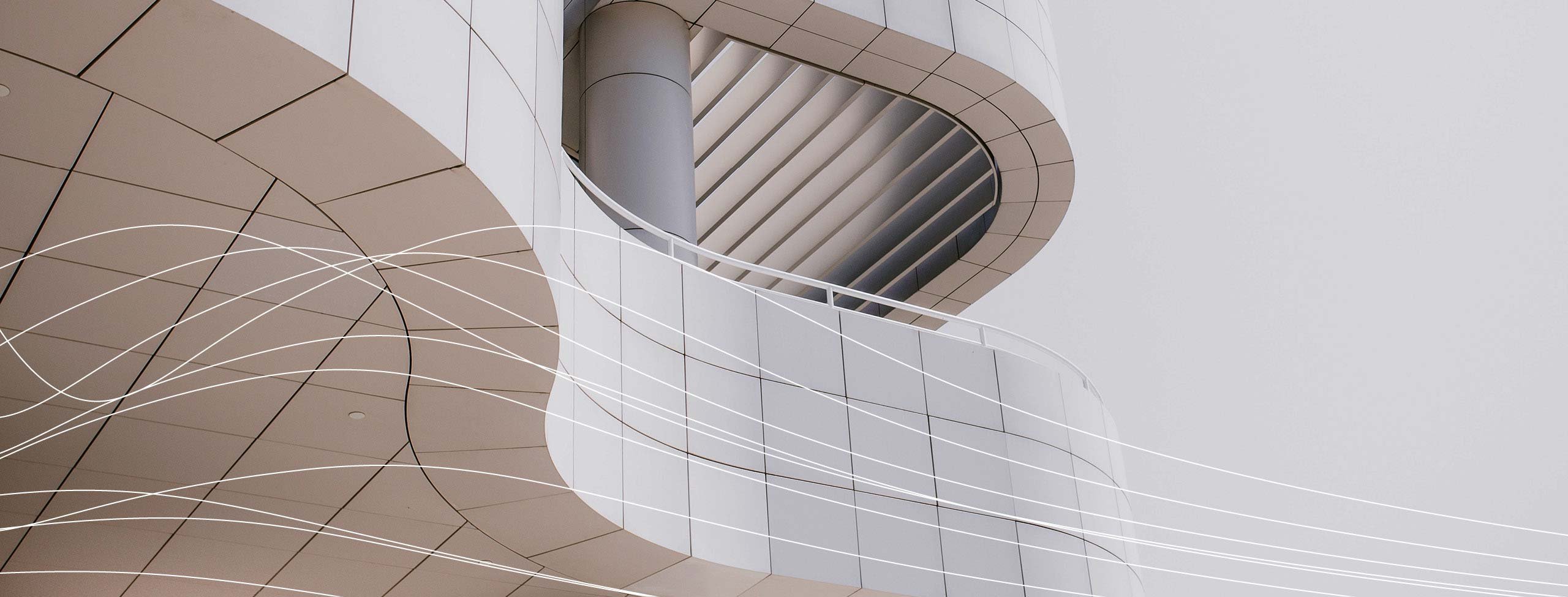
17 November 2022 • 3 minute read
Construction firms turn to technology to combat rising costs and supply issues
As the construction industry seeks new opportunities to combat inflationary and geopolitical pressures, costs remain an immediate concern on every project. More than four in five (85%) of construction executives in Europe expect the price of materials to rise over the next 18 months, according to a new report from global law firm DLA Piper, Constructing the Future: Striving and thriving in the era of disruption. The report surveyed senior construction executives across Europe, Asia Pacific and the Middle East. It reveals that the industry, particularly in Europe, is deploying technology to offset inflationary pressures and supply issues. Almost four in five (79%) construction executives in Europe have deployed AI technology to automate orders, payments, invoicing, and delivery tracking.
According to DLA Piper’s research, construction executives in Europe are more likely to invest in technology than their counterparts in Asia and the Middle East. 47% of executives in Europe expect their investment in digital technology to increase substantially over the next two years, compared with 21% of executives in Asia and 12% in the Middle East. Construction executives in Europe also lead other regions on the adoption of new forms of technology, such as the Internet of Things. More than four in five (85%) executives in Europe have incorporated AI, robotics, and analytics software into project design processes, compared to 64% in Asia and just 45% in the Middle East.
Richard Edwards, partner at DLA Piper, said: “The past two years have been challenging for the construction industry. Pandemic restrictions, volatile commodity prices and the Russian invasion of Ukraine have all created headwinds – particularly in Europe. Investment in technology is not a complete solution to the challenges facing the construction industry. But many executives are putting capital into technology to help manage, and streamline, complex procurement and supply chains. Technology is also providing more of the tools needed to meet sustainability commitments and capitalise on market opportunities. Internet of Things applications, AI technology and analytics all aid in navigating logistics, easing cost pressures and ensure ESG compliance.”
DLA Piper also found that inflation is rapidly changing construction executives’ attitudes to contract price risks. Over half (54%) of construction executives say securing non-fixed price contracts is now one of their top priorities in the coming months. Executives in Europe expect volatility to continue, with 56% identifying energy price inflation as a significant challenge to their investment strategy. Other challenges include geopolitical risks (51%), macroeconomic uncertainty (36%), and the tight labour market (33%).
Alongside inflation, the transition to sustainable construction is a major challenge, particularly for executives in Europe. More than four in five (82%) say they are committed to reducing their carbon footprint across their operations and supply chains. Despite the strength of this commitment, just 32% in Europe consider their own organisation to be well prepared to reach Net Zero by 2050. Confidence is even lower in other regions: 18% of executives in Asia Pacific and 9% in the Middle East feel well prepared to achieve Net Zero in this timeframe.
Paul Giles, partner at DLA Piper, said: “This report illustrates the range of pressures being felt worldwide, including environmental impact and carbon reduction. The construction industry understands the role it can play tackling climate change. In Europe, the overwhelming majority of executives are committed to decarbonisation. But supply chain disruptions and rapid price inflation have created additional cost-pressures for executives already managing the additional cost of transitioning to Net Zero. At a time when executives are focused on maintaining competitiveness, industry-wide sustainability standards would encourage best practice longer term.”
To download a copy of the report please click here.